I Want To Believe
Bill Konkolesky’s first memory is of a “little gray guy” entering his bedroom and staring down at him. Konkolesky, who was two years old, called for his parents, but by the time they arrived, the little gray guy had walked out.
It was Konkolesky’s first alien contact, but it wouldn’t be his last— two years later, three of the gray guys came back to his room in the middle of the afternoon, wanting to teach him how to fly. When he was seven, he tells me, he was actually brought onboard their ship.
“I was fastened to a chair and they sliced my arm,” Konkolesky tells me over the phone. “They take me, they do stuff to me, most of the time I’m not sure exactly why, or what they’re doing. And, you know, there’ve been several encounters- like in 1995, a girl I was dating at the time and myself were both frozen, and three little gray guys came and inspected us. In ‘89, I was in a friend’s car, and the three of us experienced the same spectacular UFO show. I can pick on a handful of other events where they’re shared events. It’s not just me. It’s not a comfortable thing to have in your life, and many times you try to say that none of it happened, and then you remember that even if you deny that it happened, other people are out there to say no, I was there, I remember that!”
There are about a million questions I could ask about everything Konkolesky has just said- and I’m more than a little thrown by the casualness of his voice, the nonchalant way he talks about alien ships and little gray guys. I land on one of the questions I’ve frantically half-scribbled down in my notebook. “You say… you were taken aboard a ship… and they sliced your arm open?” I ask.
“Um, well, I could walk you through it, I guess,” he replies. “The ceiling above me looked dark- like really, extra-dark, it was at nighttime- and this sort of metal hose-thing dropped out of the ceiling, whipped around, it seemed to be passing off sparks. And then I felt like I was sucked up, and I was in- I say ‘onboard’, it was a circularly structured thing, I didn’t see any windows outside, but if I wasn’t on a UFO I was in a round building- and there were three little gray guys who actually left the room that I was in. And I thought that was strange- why would they just leave me alone in their place? They went through one door. There was another door in the same room that I was in, so I went through that door to just go exploring. It was a long, winding, round- well, it was a curving hallway, and I came to a dead end and I noticed they were behind me. They were watching me the whole time.”
The little gray guys brought him into a room and told him that if he sat still in a chair and behaved, he would get to see the color blue, which Konkolesky thought was strange- “usually you give a kid a sticker or something”. He then felt a sharp pain on his arm and saw a cut, “like a scalpel or X-Acto knife would do”. He says that the cut healed as he watched. After looking into the eyes of his captor, he recounts a feeling of being “anaesthesized”, and then waking up the next morning.
“The day after, me and the kid from across the street, we were climbing trees in my backyard. This mist rolled into the backyard- I thought it was a fire at first- and inside the mist was a little gray guy, and it asked me if I was okay. I said, yeah, I was okay, and then the mist, along with this little gray being, went up into the neighbor’s yard, and then it kept going. My friend from across the street still remembers when that fog came in through the backyard- he didn’t see anything in the fog, but remembers when it showed up,” Konkolesky recounts, with the cadence of a man telling me about an unexpected visit from a distant uncle, rather than an otherworldly being who was concerned for his post-abduction health.
“Wow,” I say, slightly dazed. “Did you tell anybody after that?”
“Oh, yeah, I told just about everyone,” Konkolesky says, laughing. “Now, in my family… the phenomena actually runs on my mother’s side of the family. My two oldest brothers had had a number of encounters as well… and my parents told my older brothers not to discuss anything with me, because they didn’t want to frighten me. Like, ‘yeah, we know what’s happening to him is a lot like what happened to you- we don’t want to give him too much fear. You can listen to him, but don’t say too much’. And so I remember people would listen sympathetically and not say anything, and I was like, ‘oh, I guess that’s how things go’. I mean, I still have the scar.”
☄
“Any good researcher and historian should remain a skeptic, but [stay] open to what the evidence reveals,” Penn State history professor Greg Eghigian wrote to me in an email about UFOlogy.
It’s good advice, but unfortunately, I haven’t been able to follow it during the researching and writing of this article. I’ve tried to remain a skeptic, or at the very least an objective journalist, but the truth is that I went into this desperately hoping that someone would show me something that would prove to me the existence of alien contact. In fact, that’s the whole reason I even wrote this in the first place.
I want to believe.
☄
Unlike Bill Konkolesky, Ryan Graves is not a UFOlogist- he doesn’t even like the term UFO (he says it has “certain assumptions”). The former Navy fighter pilot, who left the armed forces in 2019, describes himself as an “unwitting participant in the observation, detection, and tracking of unknown objects that were operating within the vicinity of [his] aircraft, the aircraft of [his] squadron mates, and other squadrons on the East Coast”.
Graves joined the Navy after getting his engineering degree— he intended on becoming a fighter pilot, and he succeeded. His “unwitting participation” in the study of UFOS, or UAPs (“unidentified aerial phenomena”, the preferred term that most U.S. officials use), began when his squadron’s radar technology was updated, and they suddenly began to see a lot more going on in the sky.
“We assumed it was radar error, false tracking, stuff like that,” he says- before telling me that these issues weren’t supposed to exist in their new tech. “Then, eventually, we saw these [unidentified aerial phenomena] on our advanced targeting infrared camera. When you start to fly near an object within visual range, it’ll start making out the object- or the aircraft, as it almost always is. What we were seeing at this point was kind of single-source energy coming from that point in the sky. It wasn’t the shape of a vehicle. You know, we have to travel fast up there- people always want to know how fast these objects went, but what’s interesting is they don’t go very fast. They’re stationary, which requires a lot of energy. If I wanted to have my F-18 going as slow as possible, I could have it down to maybe 80 knots? That’s as slow as I can get, But to just go zero like that for hours? We don’t have aircraft that can do that, we don’t have the energy systems that can do that.”
I get the sense that Ryan Graves would love to tell me more about the specifics of aircraft engineering- in fact, he seems like he’d much rather talk energy systems than UFO (sorry, UAP) encounters- but he shakes his head and says “anyways”, then keeps telling me about the strange objects in the sky, which he says they saw on their radar nearly every time they flew.
“This kind of sealed in our minds that this was a physical object, at least the ones that we could see at the same time- just the fact that there was energy coming from the source. And then, of course, people wanted to fly by and see them with their third mechanism- their eyeballs.”
Graves himself tried to see the energy source out his window when he flew by, but was unsuccessful- despite the fact that all of his technology was telling him that something was there. Eventually, however, people did get eyewitness accounts, describing it as a “gray or black cube inside a clear sphere, with the tip touching the inside of the sphere”. Things got more serious when the aircraft flew between a pilot and his wingman, which could have potentially caused them serious harm.
Initially, the pilots didn’t want to “raise a big hubbub” because they thought the aircraft was part of a classified project— but after they saw with their own eyes and had a near miss with it, that became less of a dilemma for them. They filed a hazard report after the incident, telling the Naval Aviation Safety Office that they had had a near miss in midair that could have been a catastrophic accident. They explained it as an unknown object and hoped that if the aircraft was part of a secret project, whoever was in charge would be alerted that they were causing safety issues. Unfortunately, the aircraft didn’t go away.
“The more we thought about it and observed its behavior, we came to understand that it likely wasn’t US government property,” Graves says. He tells me that his squadron’s “classified project” theory was the logical initial conclusion for them to draw, but the more he considered it, the more it didn’t make sense. “We have places to test equipment like that, and it’s not in international waters off the coast, where anyone can go with a ship… and watch what we’re doing. It’s literally the worst place to test stuff like that- never mind the fact that F-18s are there all the time. It’s just not how we do our secret tests.”
Out of respect for my government, I don’t ask how we do our secret tests. Instead, I ask a question he’s been asked a lot- does he believe that the aircraft was extraterrestrial in nature?
Graves tells me that he never answers that question- he rejects it on its premise. “I don’t go into this believing any hypothesis.” He accepts that there’s a probability that it’s “us”— in other words, an ultra-secret US project— or “not us— in his words, “Russia, China, you know, there’s the UK, or our buddies spying on us.”
But then, he says, there’s also a probability that the aircraft he saw is in “another category”. “It’s not a government, or a non-state actor- you know, we gotta consider that as well,” Graves says. “In some cases, it’s probably gonna be Russia or China spying somewhere, right? I don’t think that’s going to be the answer for everything, but that’s probably there somewhere. Back into the other category, could it be extraterrestrial? That’s an obvious thing, that we can understand and comprehend- and we’ve kind of been indoctrinated, culturally, with our media… but I don’t go into it with the belief that it’s extraterrestrial or interdimensional standpoint. What are we observing? What does that tell us about what we understand about the universe. And then go from there.”
When asked what he believes the UAPs are likely to be, Graves says he doesn’t think it’s something we have an explanation for. “The efforts that I’m engaged in with the [American Institute of Aeronautics and Astronautics], that’s the area we are working to understand as well. We’re looking into the oddities— the unexpected, anomaly area to try to start building an understanding into how we detect them and what we see when we do detect them.”
I ask Graves if he believes there’s any threat— after all, if any of my sources would be aware of any potential danger when it comes to UAPs, it would be him.
“Threat is an interesting word,” he says. “I think that sometimes people don’t understand how that word gets used. As an aviator, I can assign a threat to something else. Something else can’t assign itself a threat to me. It can be threatening, but ultimately, it doesn’t know my capabilities. So as an aviator, anything that’s out there, whether it’s a balloon or another jet or a dish-shaped object of unknown origin— those are all threats that could degrade my ability to conduct my mission, or impact my aircraft and kill me. But that doesn’t mean that it’s bad, per se. We have no evidence that… there was any hostile attempt or threatening demeanor.”
(For the record, when I asked Bill Konkolesky why he thought aliens were visiting us, he shrugged and simply said “we go to the zoo for fun. This is their zoo.”)
When asked if his public position as a UAP investigator have caused him any personal or professional issues or setbacks, Graves says it hasn’t— “I think people have been very supportive of my efforts. People express a lot of interest in it, at all levels. I think that we’re going to contiunue to learn how fascinated we are by this topic as a society, as a people. It does touch a deep longing within us, and we’re going to become more emotionally attached to the idea as we begin to better understand its place in our reality.”
☄
Unlike Ryan Graves, journalist Leslie Kean struggled to be taken seriously when she began to write about UFOs in the early 2000s. “There was an intense taboo about the topic. Editors wouldn’t run stories about it— editors that I’d worked with before wouldn’t run my work!” she tells me over the phone.
“When I got involved with [UFOs], I basically gave up [writing about] everything else. I just did this full-time. But before I got interested, I was an investigative reporter for a public radio station in the San Francisco Bay Area, so I was a host and producer for a daily investigative news show. So I covered all kinds of topics, and also published freelance articles. And then, this UFO thing… just kind of fell into my lap.”
She doesn’t mean that literally— Kean, unlike Bill Konkolesky and Ryan Graves, has never had a UFO encounter. Rather, she discovered UFOs the way that most reporters find unlikely stories: in a whole lot of complicated documents.
“I received a report from a colleague in France in 1999. He sent it to me in the mail, and it was this 90-page French study, which was done by retired military people— high-level military people— who were part of this think tank. They did this study on UFOs and put together this amazing report. Everything in it was official, really solid cases from pilots and military people, there was a lot of data. And they explored, well, what could these things possibly be? And they came to the conclusion that the most likely, rational and viable conclusion for these studies- the cases that they studied- is what they call the extraterrestrial hypothesis. That we are being visited from somewhere else. They couldn’t prove it, but they couldn’t think of any other way to explain it,” she says.
“As a journalist, I thought that was a huge story, because of the quality of the people who wrote it— I mean, imagine if American generals and admirals had said that in 1999! I was captivated by it, and started to look into the topic in general, and study it. I started to look into whether there were similar events that happened in America. I wrote my first story [about UFOs] in 2000 in the Boston Globe. That was the turning point for me. The response was so positive, because most people didn’t take UFOS too seriously those days, and this was a very serious article. It made me so intrigued, it made me want to know more and more about it. I didn’t understand why it was a joke, why it wasn’t being paid attention to, why the scientists weren’t studying it.”
In other words, Kean felt like she needed to bring awareness to the seriousness of the subject, especially considering that UFOS could pose a threat to national security. “It was very different then,’ she tells me. “I wanted to battle the stigma and make a point, and one of the ways to do that was to publish serious articles.”
I understand what she means about the stigma. When I announced the topic of this article in the Scriptor newsroom, my fellow journalists exchanged dubious looks and a few laughs. I put up posters (that Groves students have likely seen) asking for responses about any UFO encounters or stories to use in this article, and received five vulgar joke responses; later, when friends found out that I was the one who’d put up the “UFO signs”, they groaned and told me to take them down before I was made fun of. When I returned from interviews, the editors congratulated me on not being abducted yet. I’ve always felt a certain kinship with Fox Mulder and Dale Cooper, the resident idiosyncrats of ‘90s sci-fi television, but I understood them more than ever as my extensively researched work was treated with constant derision by my peers.
Kean, of course, managed to get her work published, thanks in part to the fact that editors like those at the Boston Globe and Providence Journal knew her and her freelance work, and published the stories based on their confidence in her. Her writing on the subject became more prominent as her work was re-published in other papers, and continued to be published for 17 years. She interviewed prominent UFOlogists such as Christopher Mellon, the former Deputy Assistant Secretary of Defense for Intelligence, former U. S. Army Counterintelligence Special Agent Luis Elizondo, and even Ryan Graves. She also wrote a New York Times bestseller, UFOs: Generals, Pilots and Government Officials Go on the Record.
However, her work mostly stayed within the UFO community— until 2017, when everything changed.
☄
On December 16, 2017, wildfires were raging across California. Real Madrid won the 2017 FIFA World Cup for the second time in a row, making fútbol history. And Leslie Kean, along with Helene Cooper and Ralph Blumenthal, was published on the front page of the New York Times.
“Glowing Auras and ‘Black Money’: The Pentagon’s Mysterious U.F.O. Program” screamed the headline. The article made public the Advanced Aerospace Threat Indentification Program, a $22 million dollar program funded by the U. S. government for the purpose of studying UFOs. It was explosive, detailing how Nevada senator and UFO enthusiast Harry Reid had lobbied for the program, Alaska senator Ted Stevens’ own encounter with a UAP during his time in the Air Force, and video footage of Navy pilots’ sightings. Suddenly, UFOs weren’t merely the passion of tinhatters and X-Files nerds— they were being taken extremely seriously by the Senate, the military, and the Department of Defense, which meant they were good enough to be taken seriously by more of the general public. Over a thousand people commented on the article on the Times website: “I am among those who have seen unexplained sky phenomena. Late one winter night in Grand Rapids, Minn., I went outside to see if the Northern Lights were on display. They were not, but I did see, as I looked north a distant light, significantly brighter than the surrounding stars, moving rapidly from the western horizon eastward”. “I have also seen an object flying across the night sky when I was 12. It moved silently and faster than anything I have ever seen before. I have no idea what it was”. “It is very gratifying to see The New York Times take a sober look at this phenomenon, and US government efforts to understand it, without the “giggle factor” that usually accompanies the establishment media’s treatment of UFO issues. I appreciate your serious reporting effort”.
Since the Times article came out in 2017, there’s been a dramatic shift in how UFOs/UAPs are approached, especially in journalism. “UFOlogy and journalism are two completely different worlds, and I inhibit the world of the journalist. In terms of reporting, it has radically changed— I mean, the media can’t get enough stories now! They want stories about UFOs, whereas before [2017], they shunned them. You had to work to get a story, and ten if they did cover them, they would usually do it sort of tongue-in-cheek. So now… they want to write stories, and they want to write serious stories. I mean, Congress is taking this seriously, and Defense is taking this seriously, and the Office of Naval Intelligence put out a report, all these government agencies got involved, so now it’s legit,” Kean explains. “It’s better for everyone since 2017.” There’s also been more serious scientific research on unidentified aerial phenomena, although she admits that the scientific community is slow to come around on the topic due to the stigma around the topic, noting that many scientists are worried about being labeled as “conspiracy theorists”. The post-2017 attitude towards UFOs is what enables Ryan Graves to speak out about his experiences on 60 Minutes, The Joe Rogan Experience, and in the New York Times (which he did in 2019, in another Cooper/Blumenthal/Kean article) and still be taken seriously by the military communities that he still peripherally belongs to.
Does Kean think that more people are beginning to seriously consider the extraterrestrial hypothesis? “I think that people are very open-minded, even the members of Congress and former CIA directors and former national security directors have implies that these could be— well, if they’re not Russian, they’re not Chinese and they’re not American, we gotta be open to other possibilities, and the implication is that they’re not made by man. I think the thinking now is much broader than just the extraterrestrial hypothesis. Maybe these things are from Earth and they’re just hidden someplace. Maybe there’s some kind of intelligence that lives under the water. There’s so many possible explanations. When I started out the extraterrestrial hypothesis was the only one on the table. I think now, people are open to it being much more complicated than that. I mean, there could be a lot of different explanations for different types of phenomena… I don’t think it’s as simple as saying it’s travelers from another planet,” Kean says. She thinks that a number of these theories could be plausible— that these UFOs could come from another dimension, or be related in some way to the afterlife. She even tells me that there’s been reported incidents of UFOs coming out of the water. “We have not explored many parts of the ocean,” she points out, and she’s entirely correct. “It sounds a little crazy, but we gotta keep everything on the table.”
Writing this article was some of the most fun I’ve ever had at the Scriptor. I spoke to some fascinating people, researched until my eyes blurred, and learned a whole lot. Sadly, though, as I write this conclusion, I don’t find myself entirely convinced.
I wish I was! I wish I could be telling you that there are absolutely aircraft bringing extraterrestrial visitors to earth. I wish I could show you something concrete, if not only because it would be ridiculously funny if a high school newspaper was the one to release definitive evidence of life in outer space. But I can’t. I’m sorry, everyone.
The good news is that I’m not the only one working on this— the Department of Defense has long since disbanded the AATIP and is now heading up the All-Domain Anomaly Resolution Office, a government office that investigates UAP sightings. They received 366 cases in 2022, according to a DoD report that was released in early January of this year. If alien life really is out there, our top guys are on it, and we could be seeing unconditional proof of the extraterrestrial hypothesis any day.
In the meantime, I’ll keep looking up at the sky. And if, after the publishing of this article, I wake up in the wee hours to find the little gray guys staring down at me, I’ll happily go with them— as long as they let me bring my camera and tape recorder.
Your donation will support the student journalists of Wylie E. Groves High School. Your contribution will allow us to purchase equipment and cover our annual website hosting costs.

Erika Sharafeddin-Rice is a senior at Groves High School who plans to attend Northern Michigan University in the fall, where she will study Journalism...


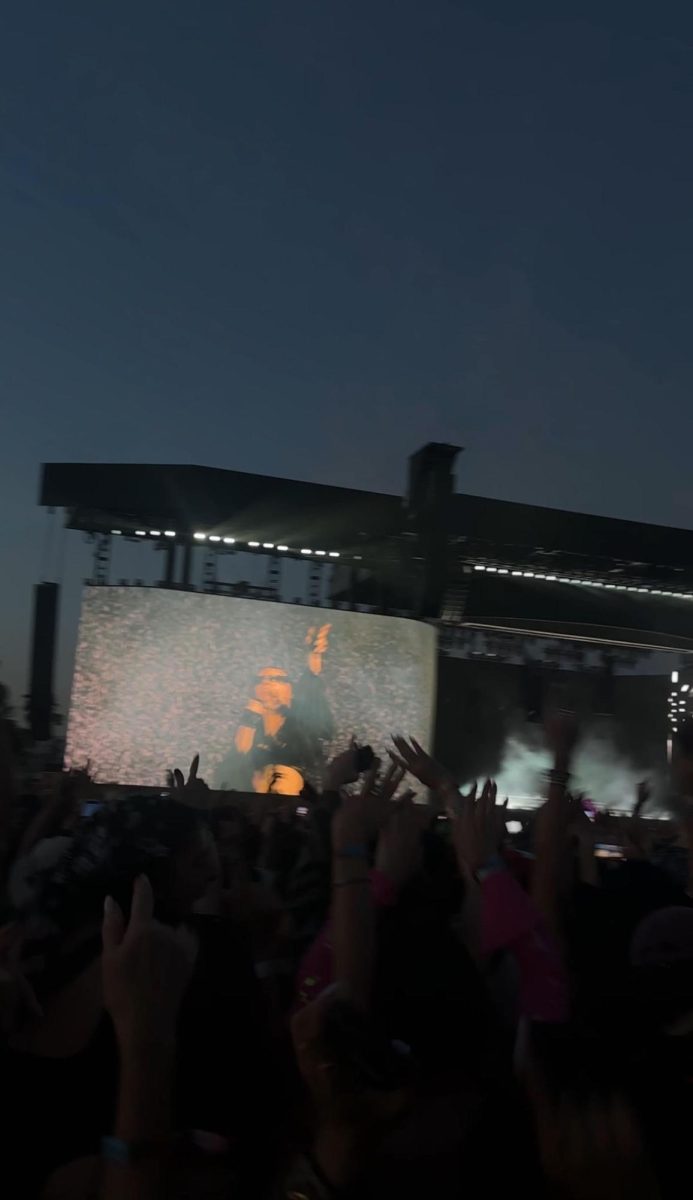




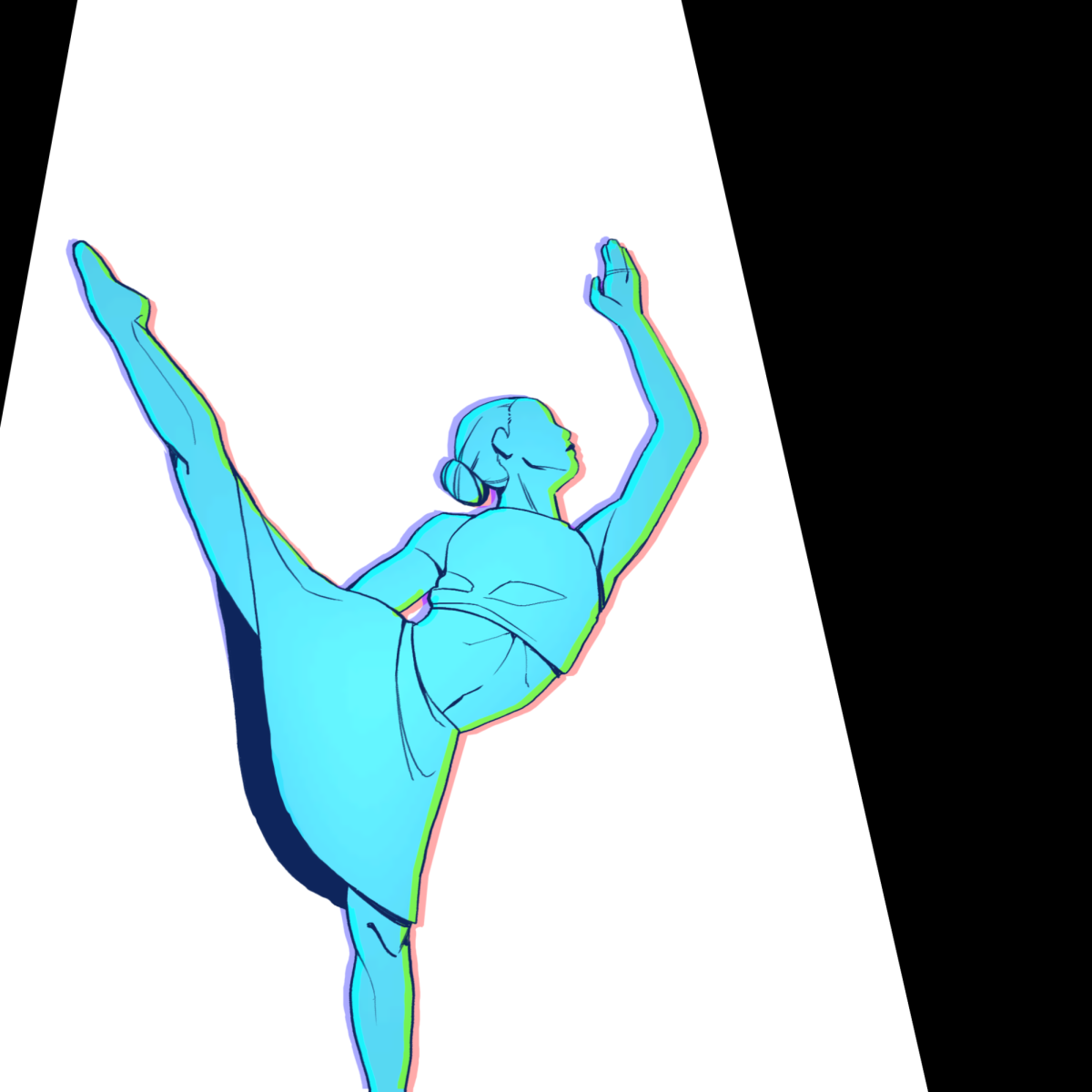
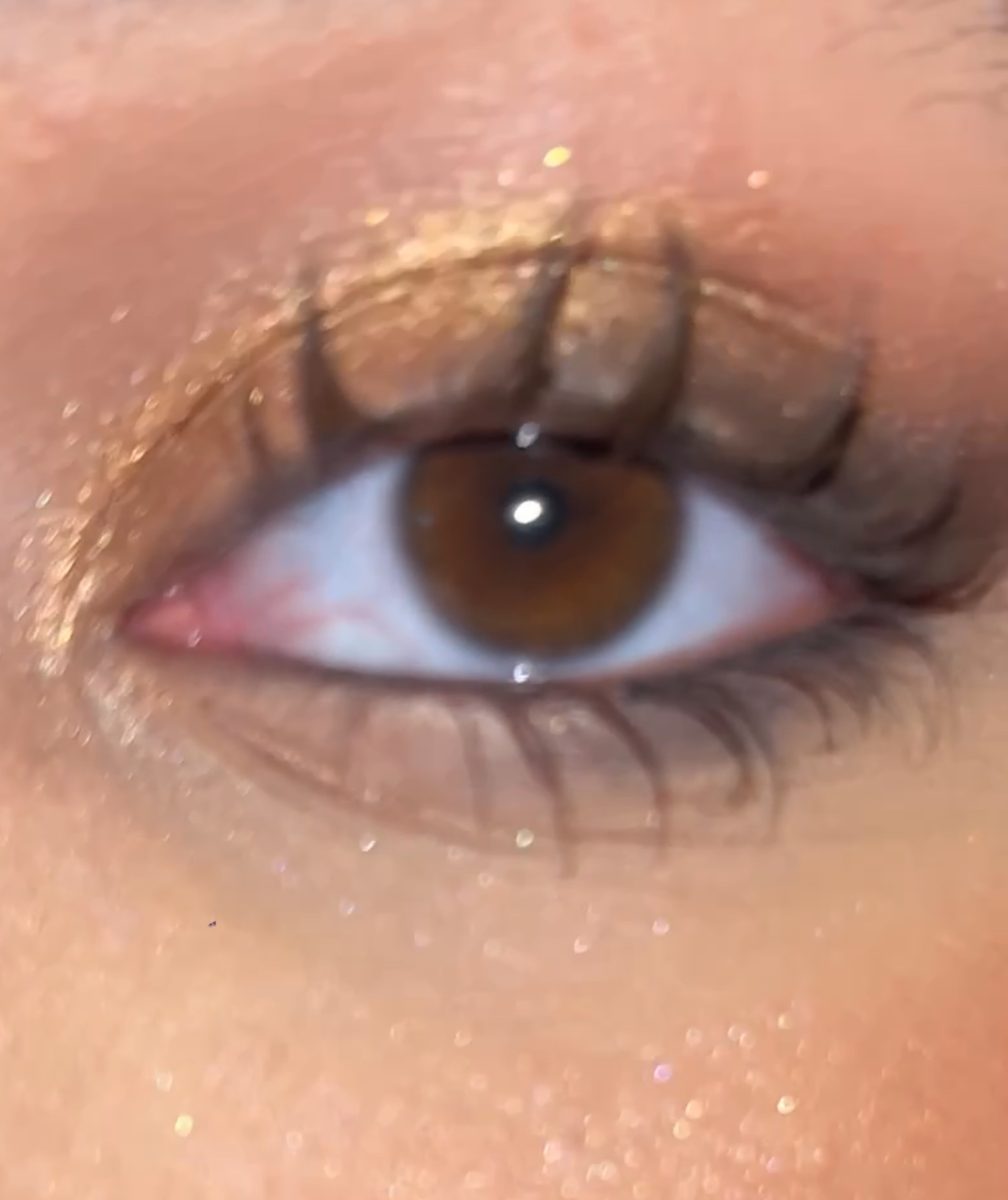






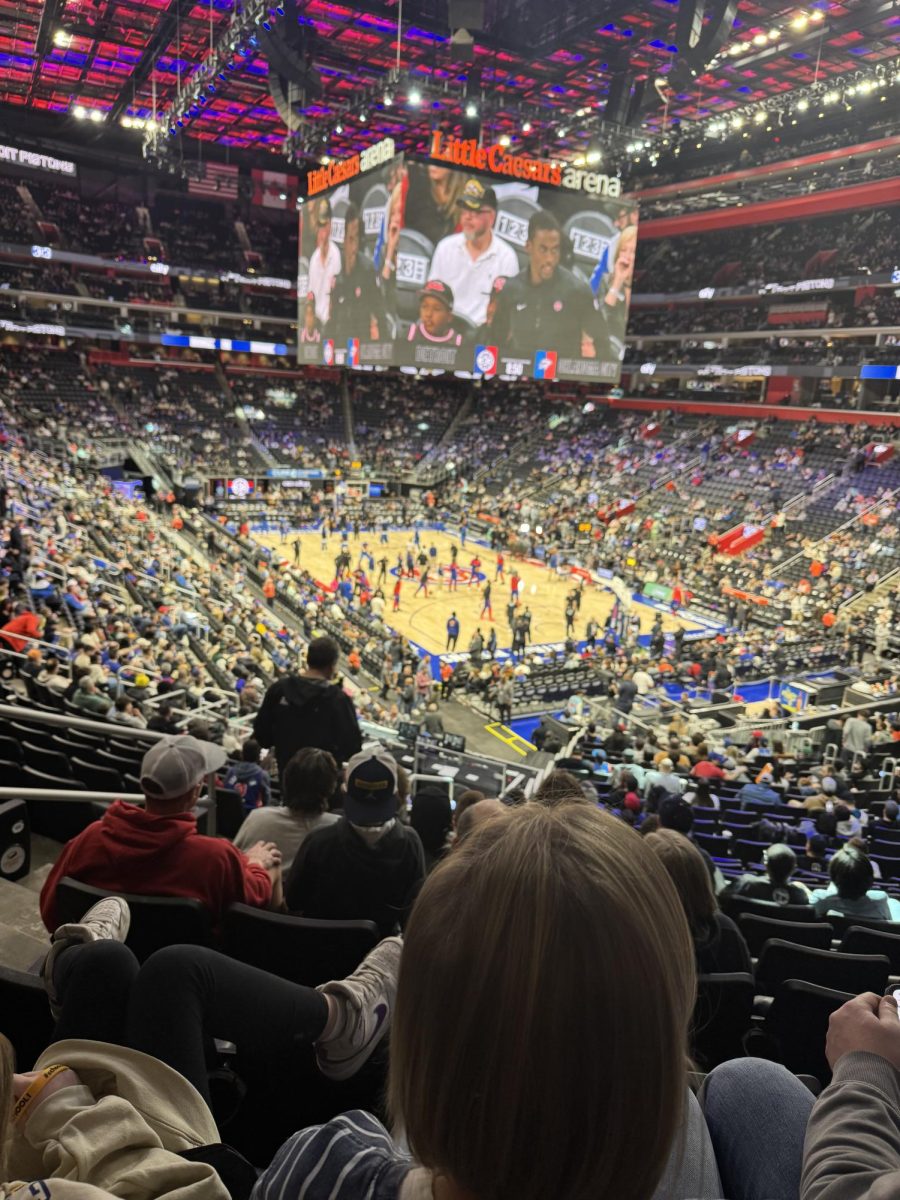






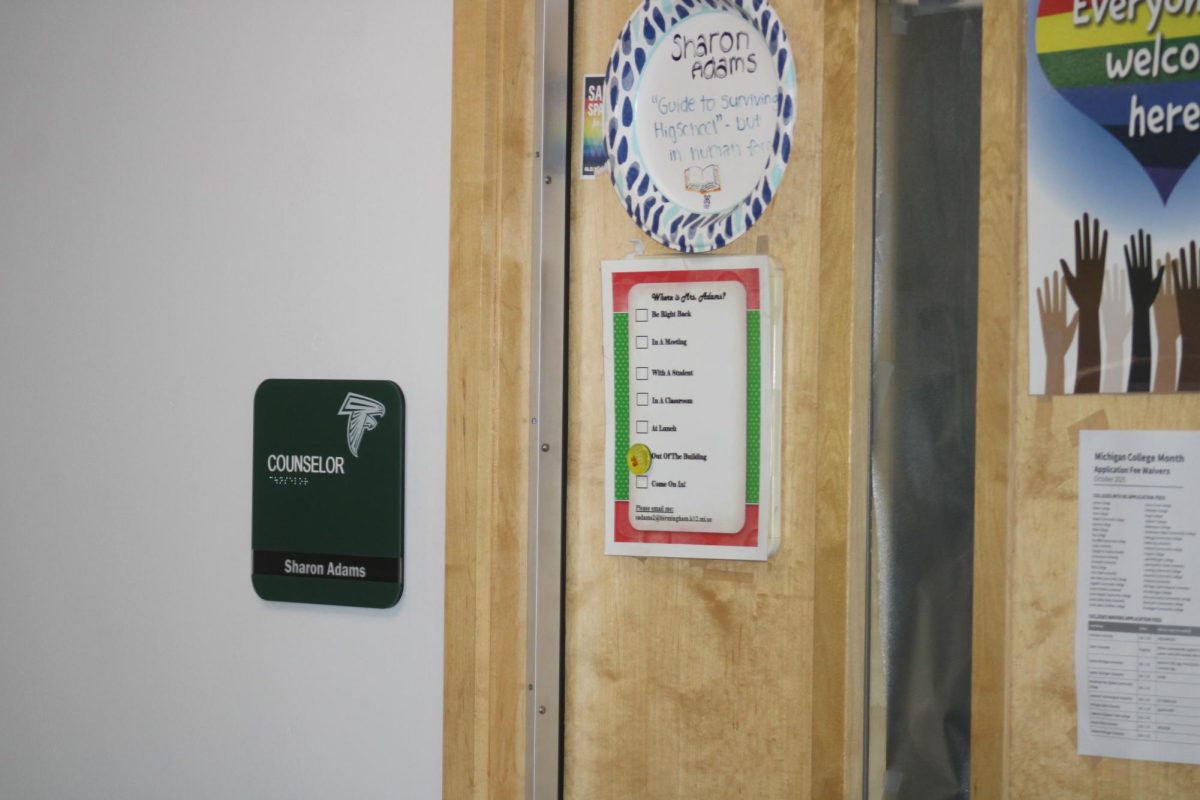
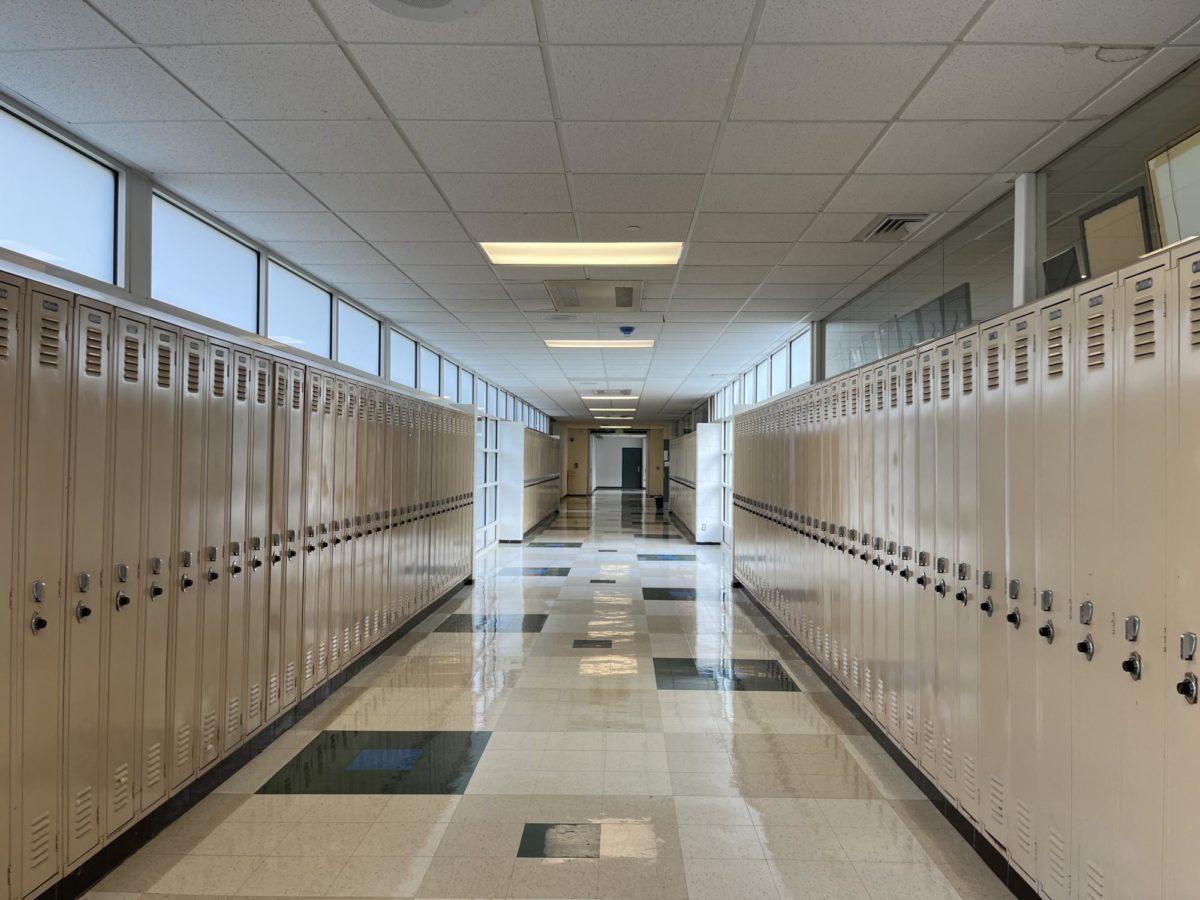
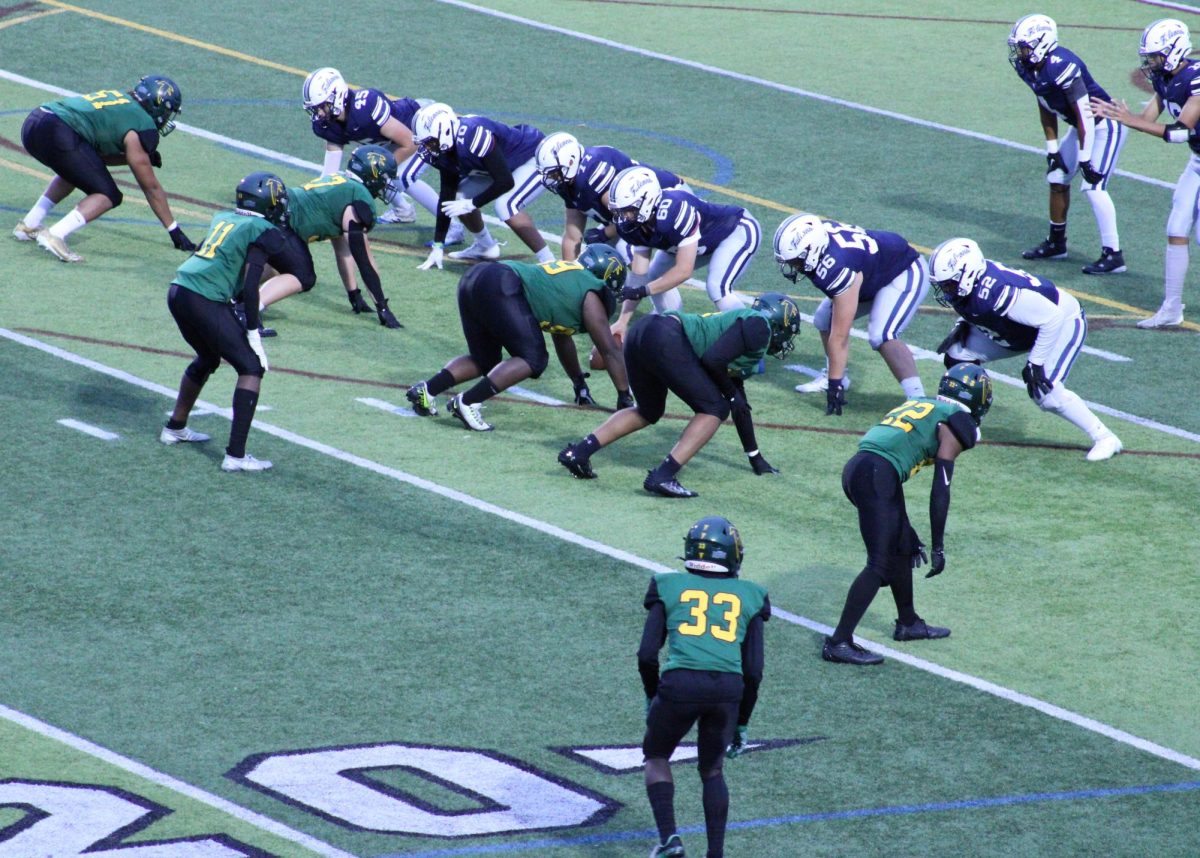
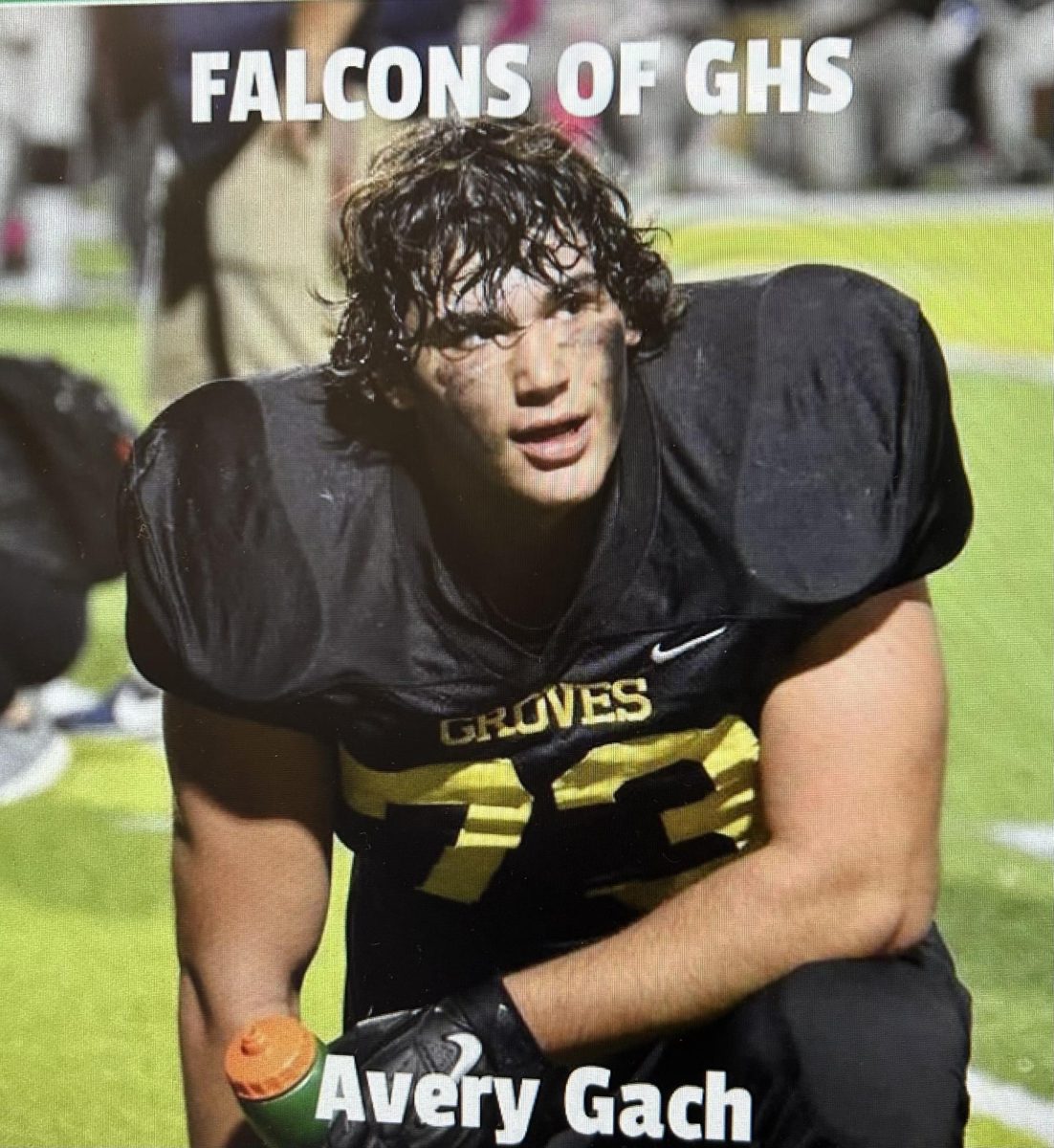
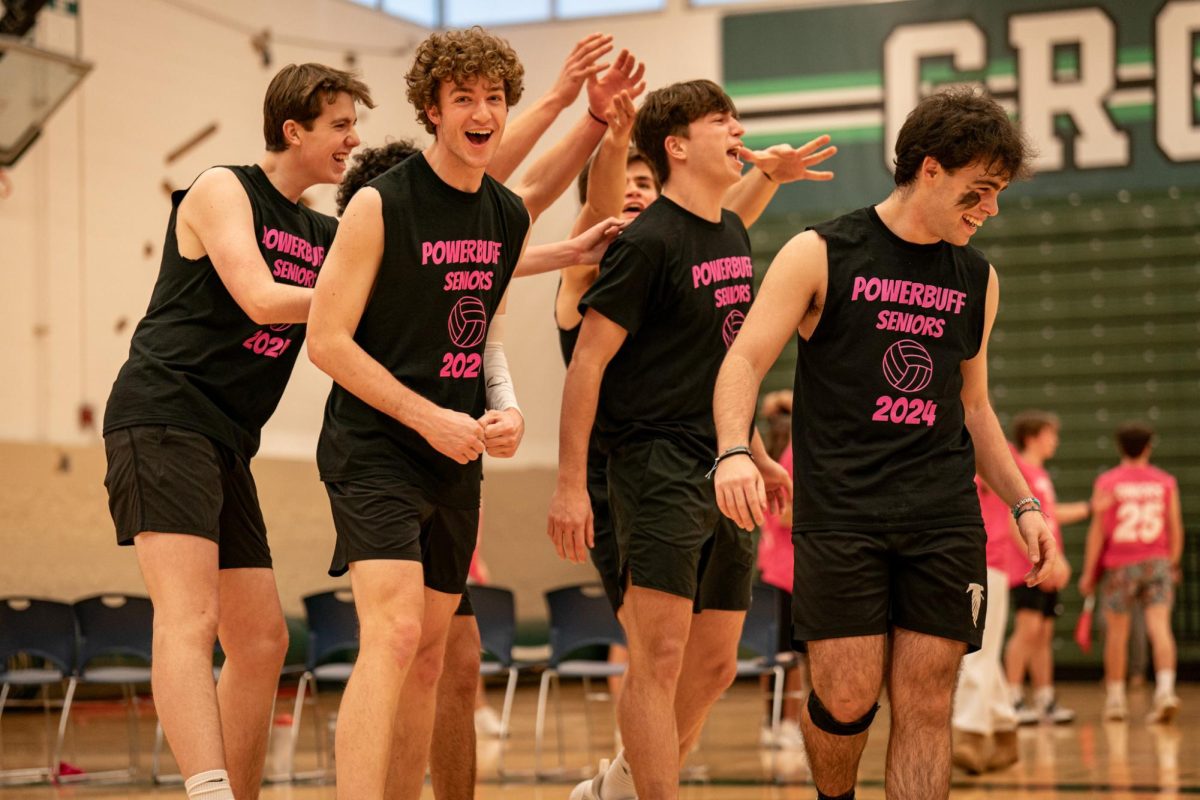







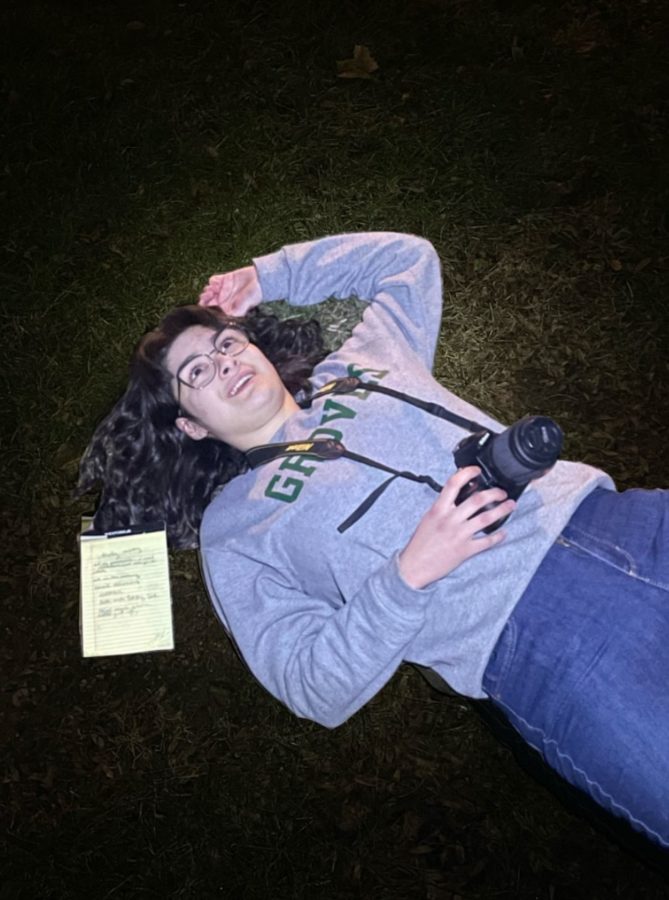

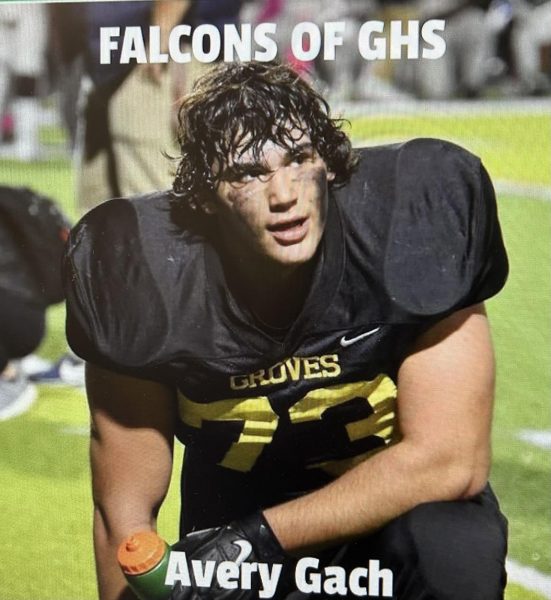




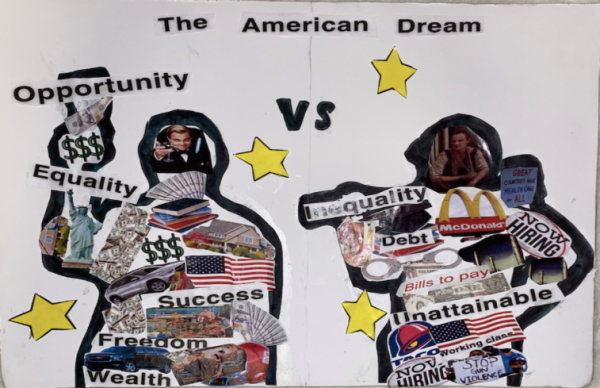


Carl Anderson • Jan 23, 2023 at 9:14 pm
Great article ! Grounded, but non dismissive.